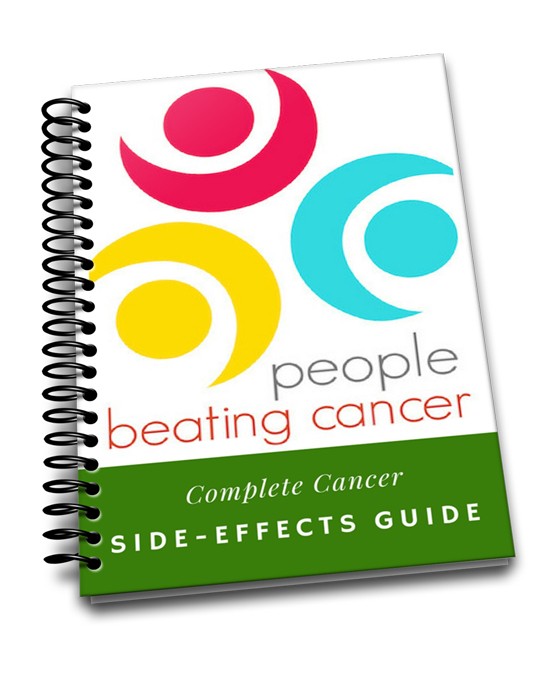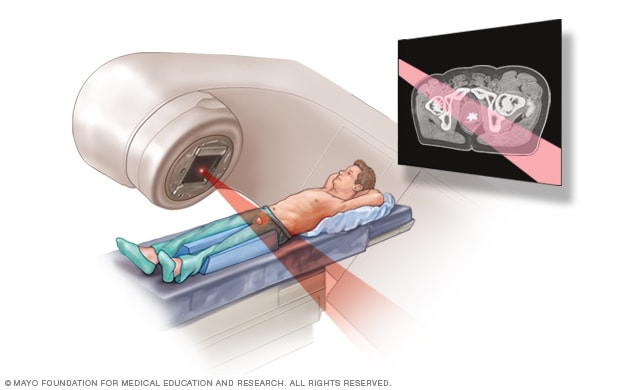Leave a Comment:
9 comments
My father had radiation treatment for prostate cancer and his bladder wall essentially melted along with his urethra. He has tons of necrotic tissue now sitting inside him that is infected. The doctor say there’s not much he can do but take antibiotics until he gets a strain that is resistant. At some point they’d like to operate and clean out the necrotic tissue but they also think this is too dangerous for him now. Is there anything we can do to help him survive? Would HBOT help at this point? Is it possible the body could heal itself or learn to live like this. I am so desperate to help him. He is only 67 and just retired. Any ideas at all are appreciated. He was in ICU for 4 weeks but is now at home with a home health nurse. We don’t know what to do it expect.
ReplyHi Maggie-
I am sorry to read of your father’s situation. I will start by saying that his situation is unique and therefore not well studied. That being the case, I think HBOT, resveratrol, antioxidant nutrition and supplementation, exercise, in short, therapies shown to reduce inflammation, enhance immune function, and heal are all good.
For the record, I don’t agree with your doctor’s therapy plan. Take antibiotics until something goes wrong…I am not telling you not to take antibiotics, I am saying that this conventional plan can be supported with non-conventional therapies in hopes of reducing the infection, reducing the need for antibiotics.
Your dad is relatively young at the age of 67. I, myself, have sustained damage to my bladder (from chemotherapy regimens). While I am the first person to tell you that my bladder is a ways from 100% healthy, I will say that I live a fairly normal life.
Let me know if you have any questions. Hang in there,
David Emerson
ReplyI had a prostatectomy in Jan ’06. The cancer had gotten outside of the prostate so I had broad-spectrum radiation treatments. Three years ago I had the typical urinary problems(hematuria, uti, etc) Two years ago I began getting some erectile function. It has improved minutely since where I can achieve a partial erection being about the same size as before but not as hard. Is there anything I can do to get the hardness back? I am currently 61 years old. I’m wondering if I’m having false hopes or if there is something more I can do. Thank you for any information you may be able to provide
ReplyHi Kevin,
I can only relate anecdotal evidence about your question but I have been told (by prostate cancer survivors) that ED therapies help and can make the difference.
Good luck,
David Emerson
Reply[…] Identify, Heal Prostate Cancer Radiation Damage- […]
ReplyDavid, I’m going to start radiation treatment after having had a prostatectomy. My origanal diagnosis after a needle biopsy was a Gleason 9 score, and PSA of 13 at the time of surgery. I’m at a .5 PSA now. My questions relate to trying to limit the damage of the radiation. My oncologist doesn’t want me to use antioxidants during the radiation treatment, buy says a daily multi-vitamin is ok. I already take curcumin daily but the oncologist is a little concerned about taking too much of it during the radiation period, as it may conflict with the radiation treatment. I’ve taken 5 high dose vit C IV’s (75 grams each treatment) combined with first taking an ozone IV prior to taking the vit C over the past 4 weeks. I have now stopped this in advance of the radiation therapy. I’m already doing the kegels post surgery. What would you suggest I do during radiation and post radiation? -Brad, 10-22-2017.
ReplyHi Brad-
I am sorry to read of your PCa diagnosis and treatment but impressed that you are already working on therapies such as supplementation, Kegal exercises, IVC therapy.
Please consider taking resveritrol during radiation therapy. Please read the study linked below. According to the study Resveritrol will enhance the radiation while reducing toxicity.
Resveritrol, Radiation Therapy
Further, please consider HBOT immediately following radiation therapy. Radiation will cause damage aka necrosis to the surrounding tissues. HBOT has been shown to reduce this damage.
Last but not least, please consider evidence-based anti-PCa supplementation post radiation. Your PSA of .5 may indicate a few PCa cells running around inside you. IVC, exercise, curcumin, resveritrol, others can reduce your risk of relapse.
The above therapies, both conventional and non-conventional, is a pretty complete list of anti-PCa therapies.
Good luck
David Emerson
ReplyHi Sam- I can offer suggestions based on your diagnosis and stage. I assume you have been diagnosed with prostate cancer? If so, what stage, PSA and Gleason score do you have? Have you had a needle biopsy? What, if any, symptoms do you have? Has your oncologist recommended any treatments?
Let me know and I will offer treatment suggestions to you.
David Emerson
Reply




